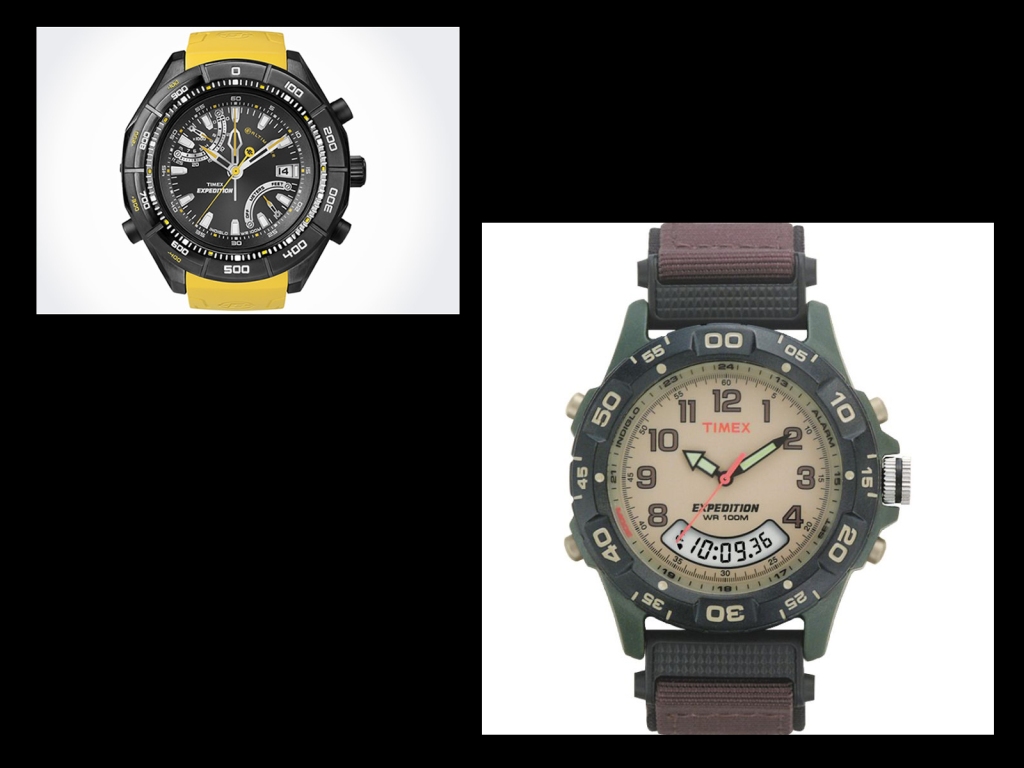Men and women are not the same. We are physically different and although we should be treated equally we should not be treated as the same. Treating women as if they are men does not make the sexes equal – it only serves to perpetuate women’s disadvantage.
Competitions
Historically, photography has been a male-dominated pursuit. However, particularly in the last ten years many more women have been taking up the activity and a lot of Camera clubs are now fairly equal between male and female membership. Despite that, most competition judges are still male.
In my second year at a Camera Club I noticed that typically masculine subjects such as sports, steam trains and cars, were more likely to win competitions. If two images were technically equal, a judge often choses an over-all winner based on “personal preference” and if that judge is male he is typically going to choose a male subject – lighthouses with crashing waves seem to do particularly well.
After chucking a strop and leaving at half time during a competition following continual criticism of my creative images, I was asked by the Club competitions secretary why I was so disgruntled. We had lengthy discussions on my perception of male bias, which eventually led to a change in the way competitions were judged, with the Club using an equal number of male and female judges to mirror its member composition. It had a demonstrable impact. For the first time women were routinely in the top 3 places of competitions and the judging process felt much more equal.
This gender bias has been recognized by the Photographic Alliance of Great Britain, who now ensure they have a mix of male and female judges for important events like their Distinction awards. However judging panels of international Salons, particularly those held abroad, are often still all male so we have a way to go to ensure a level competition field.
Gear

I started off in photography taking predominantly wildlife images. After a while, I realized I’d need a hide to photograph birds and shy species and settled on one containing a comfortable chair being as though I have a chronic pain condition. It weighed nearly as much as I did and consequently I could only carry it short distances. Having set it up and got myself sat in the chair, I also realized that I wasn’t tall enough to see out of the spy holes! The hide was built for a man a foot taller than me, and despite looking literally all over the globe I couldn’t find a hide built for women – they simply don’t exist.
If I weren’t going to use a hide, I’d need some good camouflage clothing instead. I wanted some trousers with lots of pockets for my lens caps, remote shutter release and various other bits of photo gear (not to mention my car keys and some sweets 😉) and saw just what I wanted online:

But, of course, these were all men’s trousers! The women’s camo trousers looked like this:

Apparently pink helps you blend into the scenery if you’re female and it’s a choice of skin-tight or skin-tight. For crying out loud 😒.

I mentioned my difficulties in a talk I gave to a Camera Club and a male member, trying to be helpful, told me of a shop which did very small male sizes of camo gear which would fit me. I didn’t have the heart to point out that men and women are kind’ve different shapes and I’d end up wearing tops with baggy shoulders and too long sleeves, and trousers which are tight on my backside and like a boat on my waist!

My next purchase was a watch, but I wanted one with a night-light so that I could see the time in the dark of my camouflage bag (I’d swapped the hide for the bag, which at least was light enough to carry if still miles too big!). Timex do a range called “Expedition”, with lights and rugged casings which could withstand mud, water and being bashed about – just what a wildlife photographer needs! There were a couple I really liked which had all the features I wanted and some extra, like the date, a compass and even an altimeter. Only, of course, they were men’s watches and way too big for my slim female wrists.

Despite there being about 30 different watches in the Expedition range, there was only 1 woman’s watch, shown in the picture opposite. It told the time but that was all – no compass, no altimeter, it didn’t even have the date. I actually wrote to Timex and complained that it wasn’t just men who led outdoor lives, but unsurprisingly didn’t receive a reply.
Subjects
People are often the subjects of photographs but there is one big difference between the sexes – images depicting nudes are predominantly female, and young females at that. I saw a Club photograph recently of a man and woman dancing nude (I wish I could find it again to show you!) – the woman was entirely naked, but the man was wearing underpants. Either it’s a nude, or it’s not a nude – why should the man be covered but the woman not?
In most of the pictures which contain female subjects they have to be young and absolutely flawless. Skin pores are routinely removed, even though women have pores in their skin just like men do, and the nudes never have pubic hair for reasons I can’t work out (is it just me who is hugely disturbed by the fact that whenever we see photos of women’s genitalia it looks like that of a pre-pubescent child?).
I don’t have access to models for my photography, so often use myself in my composite images. However, I am in my fifties so use editing software to make myself look thirty years younger – my images absolutely would not do well in competitions otherwise, which is a really sorry state of affairs.
Conclusion
As part of one of the talks I give at Camera Clubs I discuss sex bias in photography. It doesn’t go down that well if I’m honest, and at one Club I was even heckled. I also overheard someone saying afterwards “clearly if I want to do better in my photography I need to become more of a feminist!”, though I’d like to think that my belief that men and women should have equal opportunities, gear and equipment isn’t the only reason my images do well.
Women are so used to the world being biased towards men that even we often don’t notice, particularly when it comes to the “little things”. We take it for granted that equipment will be designed for men and we will just have to make do. Or that the playing field is inevitably skewed. Or that in order to be the subject of a picture we need to be under 30, flawless and, most importantly, pretty or naked, while men have no such restrictions.
We’ve come a long way, but we still have an awfully long way still to go for women to truly gain equality and photography is no exception.

[…] Photography kit is made for men and doesn’t address the differences in female biology, as outlined in this post. […]
LikeLike